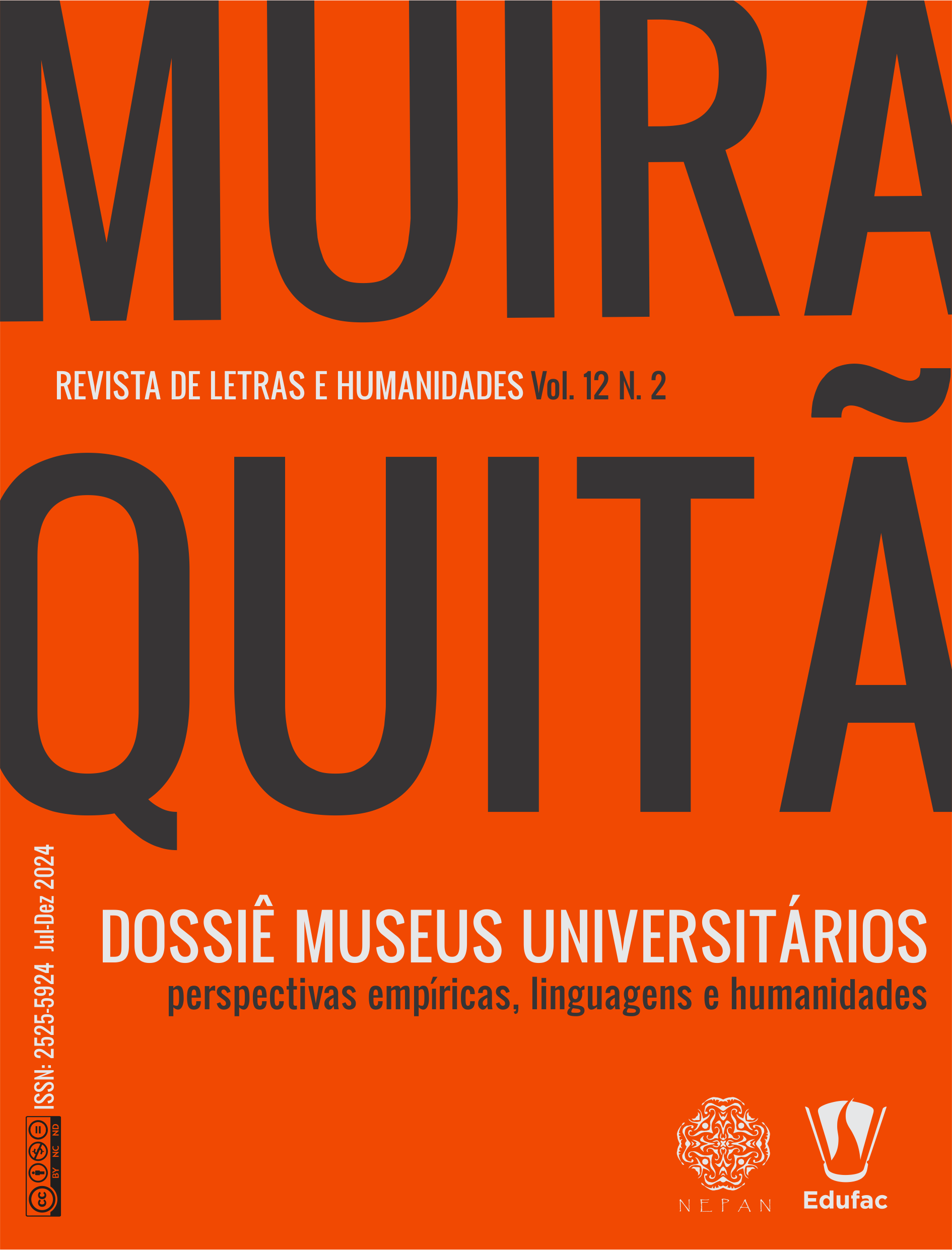Distance education at Amazonas State University
knowledge production through contemporary technologies
DOI:
https://doi.org/10.29327/210932.12.2-26Keywords:
UEA. Distance education. Media. Amazonian challenges.Abstract
In contemporary scenarios, technologies are present in all contexts, and the educational context is no exception. In Amazonas, for more than two decades, distance education practices have been present as a way to include and qualify people in more remote environments, where otherwise it would not be possible. This work aims to present distance education practices offered in the context of the University of the State of Amazonas, pioneers since 2022, and to showcase the results of research conducted with teachers from 62 municipalities, who participated in a Specialization course in Knowledge and Practices, offered in partnership with SEDUC-AM, 2022-2023, regarding the role of the technological environment and teaching. This field research, which is quantitative in nature, showed that out of 367 teachers enrolled in the course, 87.5% responded that they began to place more importance on the relationship between media and teaching, and 51.2% stated that they already had knowledge related to multisemiotic practices in education. Thus, it is understood that verbal and non-verbal linguistic conception has entered numerous spaces, and understanding how these resources converge in meaning is achieved through teaching practices that go beyond traditional perspectives of language teaching. In this article, the relevance of the topic and the new digital genres is observed, although, often, teachers in Amazonas do not have the necessary support to meet the demands outlined in the National Common Curricular Base (BNCC, 2018). The document points to the new digital genres and their interrelation with multisemiotic elements. Therefore, teachers need to be prepared to align their practices with contemporary reality and official documents in all discursive and educational environments.
Downloads
References
ALMEIDA, Maria Elizabeth de; SILVA, Maria da Graça Moreira da. Currículo, tecnologia e cultura digital: espaços e tempos de web currículo. E-curriculum: São Paulo, v.7, n.1, p. 1-19, abril,2011.
BRASIL. Ministério da Educação. Base Nacional Comum Curricular, 2018. Disponível em: http://basenacionalcomum.mec.gov.br/abase/#introducao. Acesso em: julho de 2023.
BRAZ, Jamara Cardoso Neves; Feitosa, DIAS Aryadynna Santos; OLIVEIRA, Francisca Auderlânia de; SACERDOTE, Helena Célia de Souza. A educação contemporânea no contexto da Covid 19: EAD, aulas remotas e o ensino híbrido. Relatório Final de Pesquisa – Educação Continuada em Geral. Brasília/DF, agosto, 2021. Disponível em: 76705.pdf (abed.org.br). Acesso em agosto de 2023.
IBGE – Instituto Brasileiro de Geografia e Estatística. Acesso à internet e à televisão e posse de telefone móvel celular para uso pessoal 2021 / IBGE, Coordenação de Pesquisas por Amostra de Domicílios. Brasília, DF: IBGE, 2022.
JUNG, Carlos Fernando. Metodologia científica e Tecnológica. Módulo 5 Tecnologia, 2009. Disponível em: https://www.dsce.fee.unicamp.br/~antenor/mod5.pdf. Acesso em: julho de 2023.
LÉVY, Pierre (1997). Cibercultura. 3. ed. Tradução de Carlos Irineu da Costa. São Paulo: Editora 34, 2010.
KALANTZIS, Mary; COPE, Bill; PINHEIRO, Petrilson. Letramentos. Campinas-SP: Editora da Unicamp, 2020.
LIPOVESTKY, Gilles. Os tempos hipermodernos. São Paulo: Barcarolla, 2004.
ROJO, ROXANE.; BARBOSA, J. P. Hipermodernidade, multiletramentos e gêneros discursivos. São Paulo: Parábola Editorial, 2015.
SILVEIRA, Rosemari Monteiro Castilho Foggiatto; BAZZO, Walter. Ciência, tecnologia e suas relações sociais: a percepção de geradores de tecnologia e suas implicações na educação tecnológica. Ciência & Educação, v. 15, n. 3, p.681-694, out. 2009.
Downloads
Published
How to Cite
Issue
Section
License
Copyright (c) 2024 RAFAEL Seixas de Amoedo, Neiva Soares, Glaunara Oliveira

This work is licensed under a Creative Commons Attribution-NonCommercial-NoDerivatives 4.0 International License.















